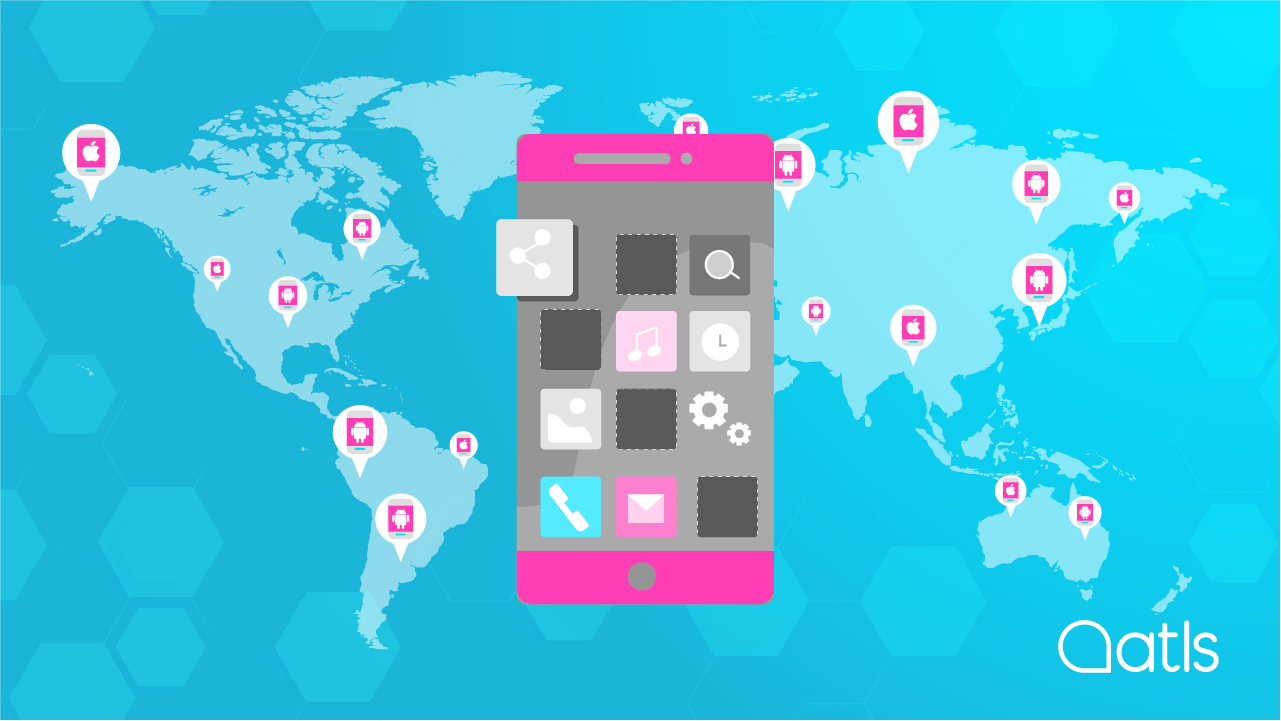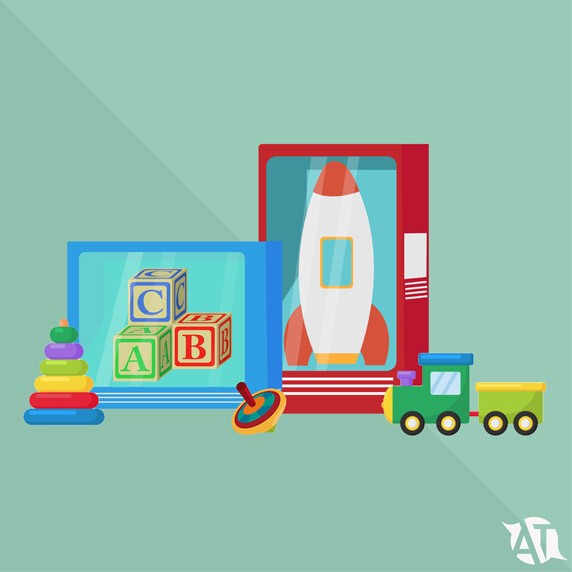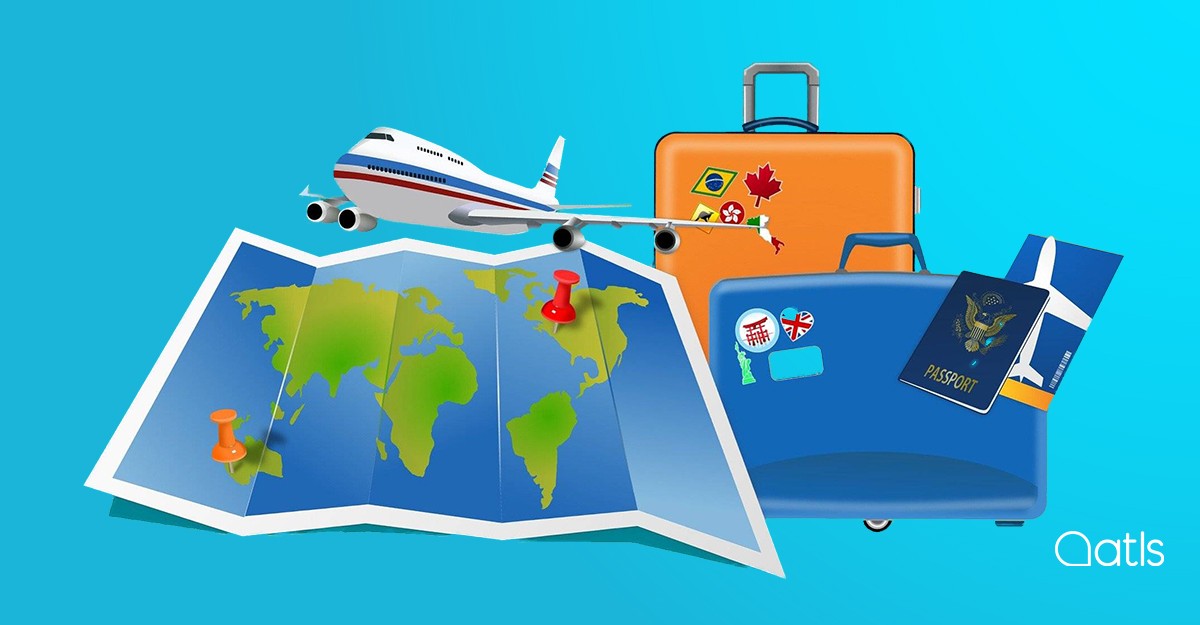iOS and Android app localisation

Why is it so important to look into localising iOS and Android apps? Consider the following: according to a study by Adjust, the global mobile app analysis platform, in 2020 there were 5.190 billion unique users with mobile devices, of which 74% used the Android operating system, while the other 25% used iOS.
Against this backdrop, it's no surprise that development is growing rapidly. In order to sell these applications internationally, developers need to translate them and adapt them to the technical and cultural conventions of the target markets. In this article, we will focus on the importance of localising iOS and Android apps.
What is localisation?
App localisation consists of a translation in which the content has been modified to make the text comprehensible for users in the target language. Localisation means redesigning the entire structure of an app. Adapting the web content to the target market, adjusting the features according to the culture of the market and even changing pictures, colours and graphic design... all of which makes the translator's work more complex. There is a growing demand for this type of translation, in line with the current boom in mobile applications—a fully globalised sector that produces products for sale in any country across the globe.
App localisation is vital to any business in the process of internationalisation. Adapting content to the target market can have a major impact on the number of downloads and subscriptions.
Why is app localisation so necessary?
When it comes to launching a product to market, a number of factors combine to make app localisation an essential process, regardless of the scale. Firstly, the mobile application sector has experienced exponential growth. In the first quarter of 2021 alone, mobile apps grew by 31%.
Initially, mobile applications were designed to facilitate and optimise the working time of managers and professionals. However, the leisure and entertainment sector gradually began to play a leading role in the evolution of mobile applications.
Most of the applications we used around 2010 were for listening to music, playing video games, accessing social networks, etc. However, applications have proliferated to the point that there are currently so many applications with so many different options that we use them in all areas of our life, from monitoring our exercise to buying a trip. They have become essential tools, and we no longer imagine our life without them. This has prompted the development of applications that are marketed on an international scale and must be adapted to the language and culture of the target country. In the past it was standard practice to offer applications solely in English—it being the universal language—but now this strategy could actually be seen as a competitive disadvantage.
To be successful in the global market, a mobile application must speak the language of the target country. This means localising texts, messages, content, images, videos, currency, colours, layout, dates, times, numbers, product websites, help files, general description of the mobile application, screen captures for phones and tablets and much more.
All in all, the application localisation process is more complicated than it might seem at first sight, and developers need to give it much more consideration than before when launching their products on international markets. That is why it is important to use a translation company with solid experience in the localisation of applications.
AT has spent years working with small and large software developers and distributors, multimedia producers that develop computer programs and apps, companies in the e-learning sector, etc. We also have a wide range of professional native translators with extensive experience in translating and localising mobile and web applications. Shall we talk?




